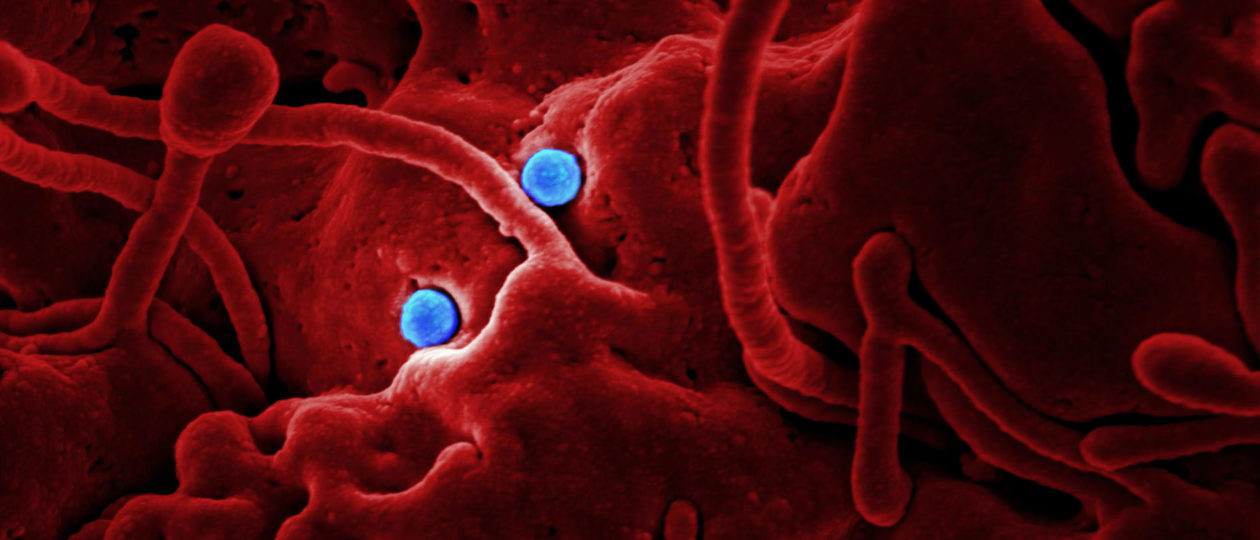LIGHT? OPTICS? OPTICAL TECHNOLOGIES? PHOTONICS!
PHOTONICS refers to all technologies related to light. This includes processes and procedures for the generation, amplification, shaping, transmission, measurement and utilization of light.
Thuringia, and Jena in particular, is a hot spot for the photonics industry. Some 16,500 specialists work on photonics issues in 180 companies and numerous research institutions and stand for outstanding expertise worldwide.



